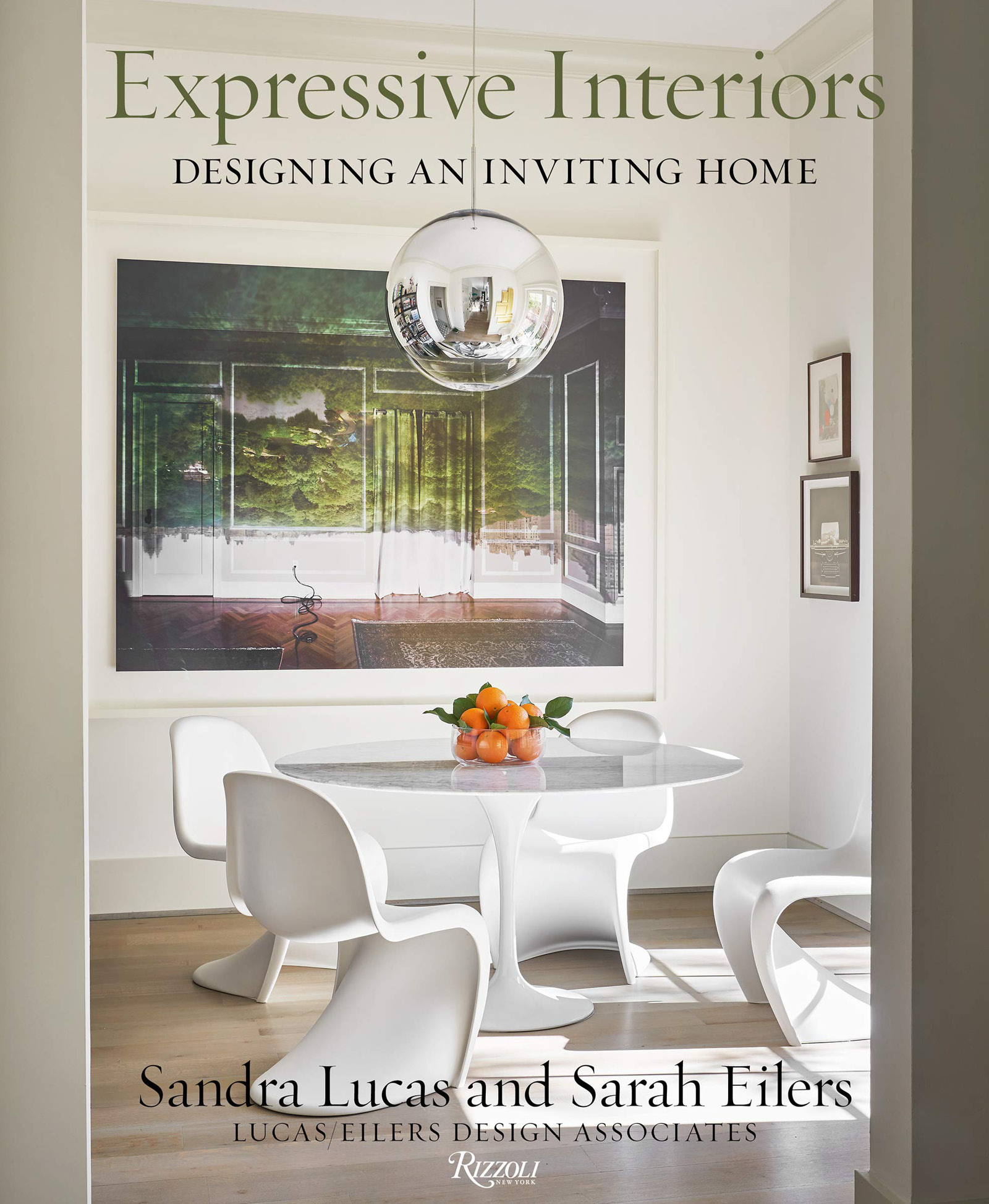
I cannot wait to read Sandy Lucas and Sarah Eilers’ new book, Expressive Interiors: Designing an Inviting Home, that launches this month. It is rare to gain a friend who is as gracious, generous, and thoughtful as Sandy. She and her business partner, Sarah, are consummate professionals and diversely talented designers. I met Sandy and Sarah through the Design Leadership Network several years ago and began following their work. I have since had the good fortune to spend much time with Sandy as peers in our small-group design forum. Here’s my chat with Sandy and a few insights from Sarah about their book and design projects.
A book doesn’t happen out of nowhere. Tell me about your beginnings, how the two of you met, and how that led to your first book.
Sandy: We met at the University of Texas as college students and have been friends ever since. We worked at the same design firm for 15 years but never on the same projects. When we left in 1995, that’s when we opened Lucas/Eilers Design Associates as founding partners. We’re thrilled to be celebrating our 25th anniversary. A book was the perfect way to mark this milestone. When our business celebrated 20 years, we did a Habitat for Humanity house. We’ll do that again but wanted our own book too.
I taught for a while and loved the experience. I think that’s what prompted me to revisit my dream of a book. It came from my desire to write. We were fortunate enough to meet an editor at Rizzoli. She encouraged us to send our photography, and one thing led to another. It took off and has been a fun adventure and a trip down memory lane. The oldest photo in our book is 18 years old from a project that Sarah did. It’s so timeless. We were delighted that they chose an image from a project that old because it speaks to our ability to create design that is classic, functional, and valid.
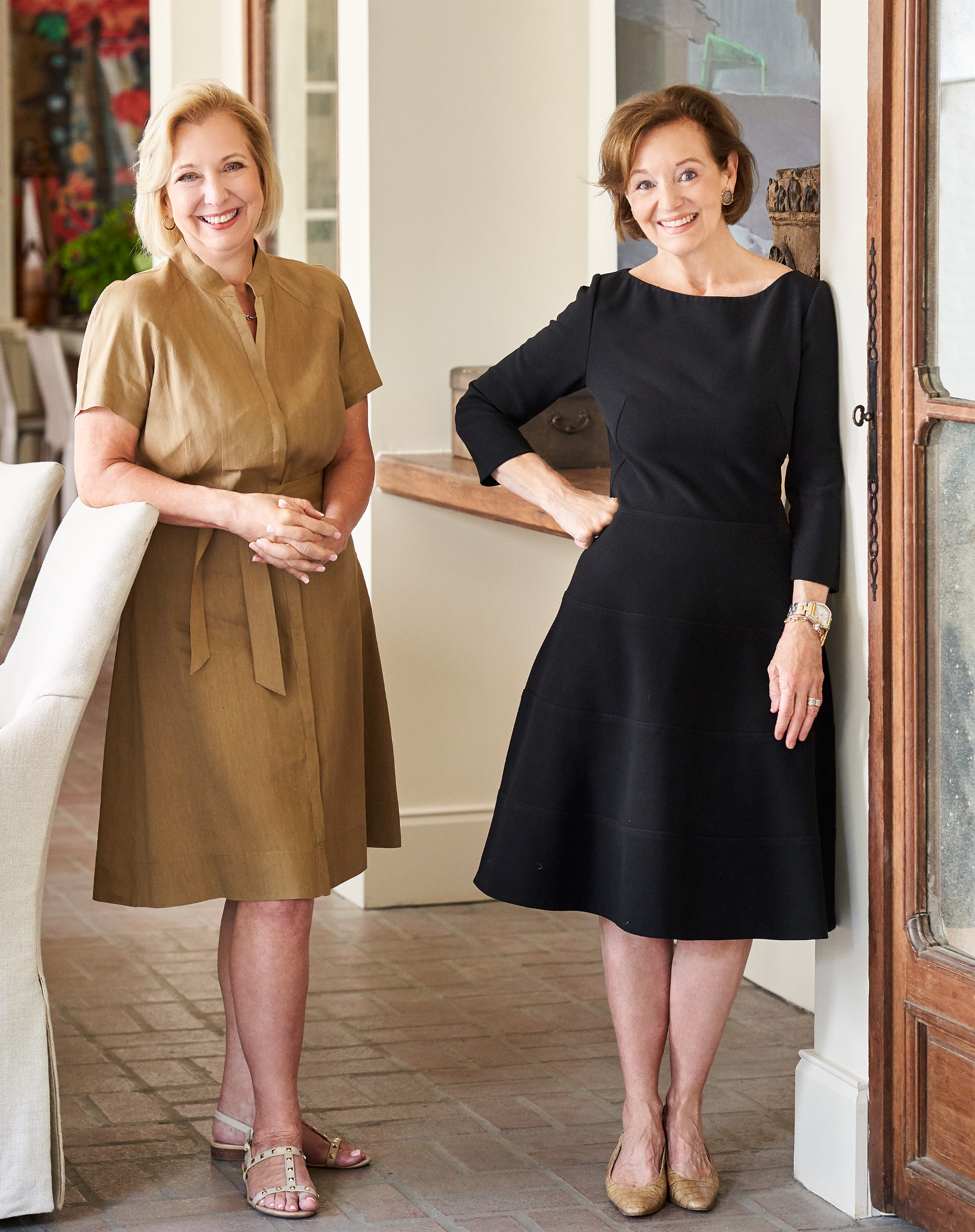
How do you work together on a project?
Sarah: We don’t. We each have our own design assistant and our own clients, but we share the firm. We may come together for a showhouse, but primarily, we work on two different teams. With that said, we bounce ideas off of each other. Collaboration and buying power work better with two of us. We consider ourselves two lucky people to do what we love every day. We’ve known each other for 40 years and continue to be great friends. The partnership has worked so beautifully.
We are like-minded with different strengths. I come from a banking background. Numbers make sense to me when it comes to that kind of management. On the other hand, Sandy had the brainchild of the book. That’s her passion. When she first mentioned it, it wasn’t something that I could think about. Sandy is a beautiful writer and instrumental in making sure that our team works well together.
Education is important part of any industry. Tell me what your formal design education brings to your clients.
We are both classically trained through the school of architecture. So, we come to each project from the academics and the principles of design. We design classically and more restrained, but that’s the one trait that is very indicative of us. We aim for a relaxed and comfortable tone. We look at the fabrics and everything being durable, even if we are dealing with high-end antiques. We are not aiming for the latest trends but a mixture of new and old. We design specific pieces and design so that clients can live with antiques not have them as museum artifacts.
Classical training also gives us the ability to work with the architect. We need to communicate with people who understand the shell and the bones of the spaces. We are awarded so many referrals from architects because we understand how to work efficiently and successfully with them. There is mutual respect, and that makes a better project. Our skills complement each other.
Clients tell me what they love about our firm is that we study a space first and source what we want. Sometimes, we create pieces to make the design work. Other designers oftentimes force discoveries that they fell in love with. That’s not always as successful.
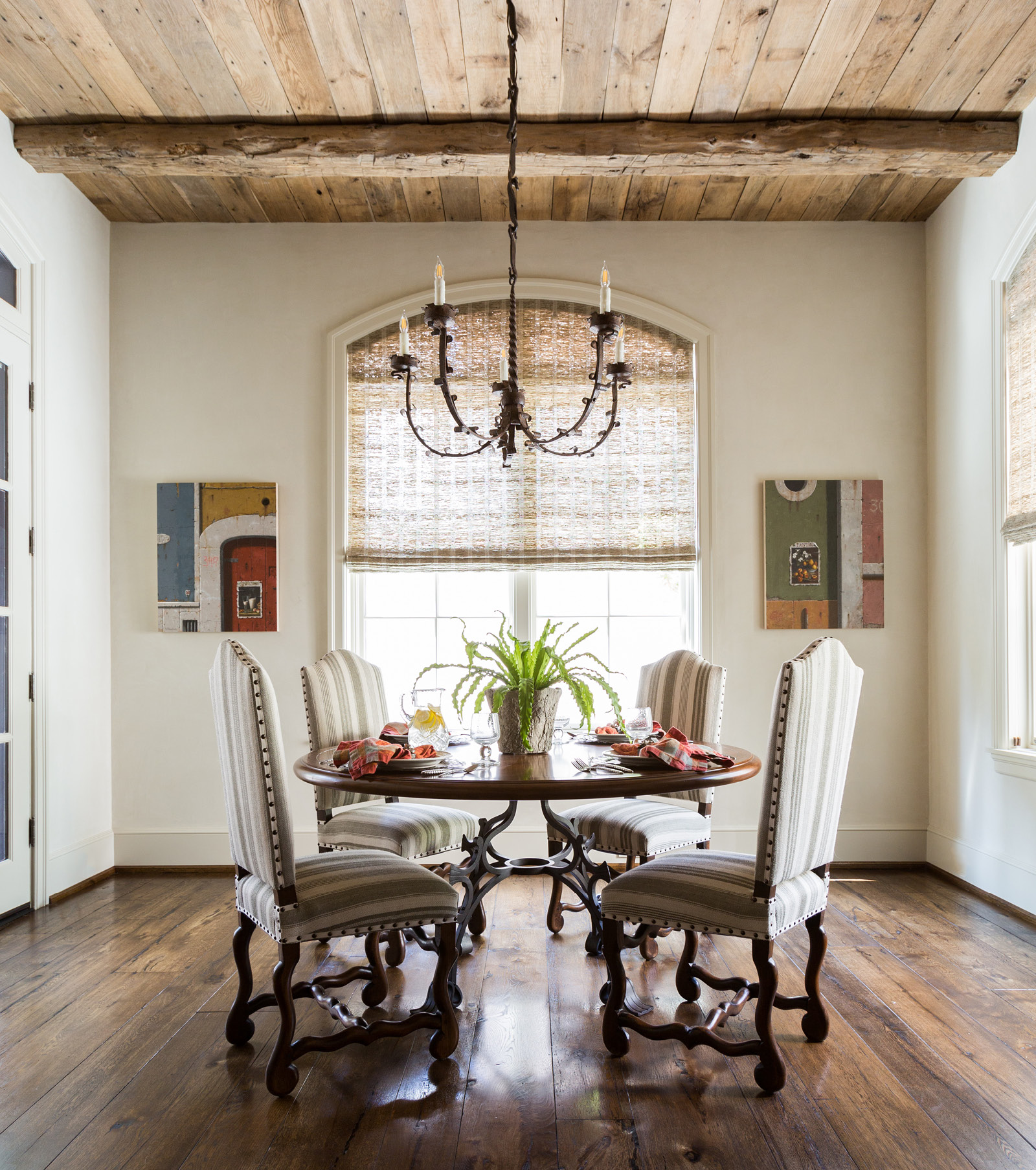
What was your process for setting up the book?
I had this passion to educate people about the principles and elements of design. I was told that it was a little too textbook for Rizzoli. This guided us to content that addresses how we approach a project. We discuss how we take a look at the house or lot, how we think about color and light, and the components that matter most to us.
The second part of the book unveils five projects. We didn’t only focus on Texas. One house is on the coast, and one is in the mountains. We also cover a young family, a homeowner who loves to collect, and a project with contemporary spaces. The reader will tour each house as we walk them through the design details.
One chapter features the house of an art collector who has her own gallery. In the middle of us writing the book, she moved. We were able to show both her former and current houses and how you can incorporate the same pieces in different places to adapt to a new lifestyle and living situation.
Finally, the third part of the book was our answer to Rizzoli’s request—our own homes. Rizzoli asked us to feature our own homes in the book, so we did. We talk about how we use our own houses as design laboratories. Our own homes are filled with those great pieces that we’ve discovered and couldn’t live without.
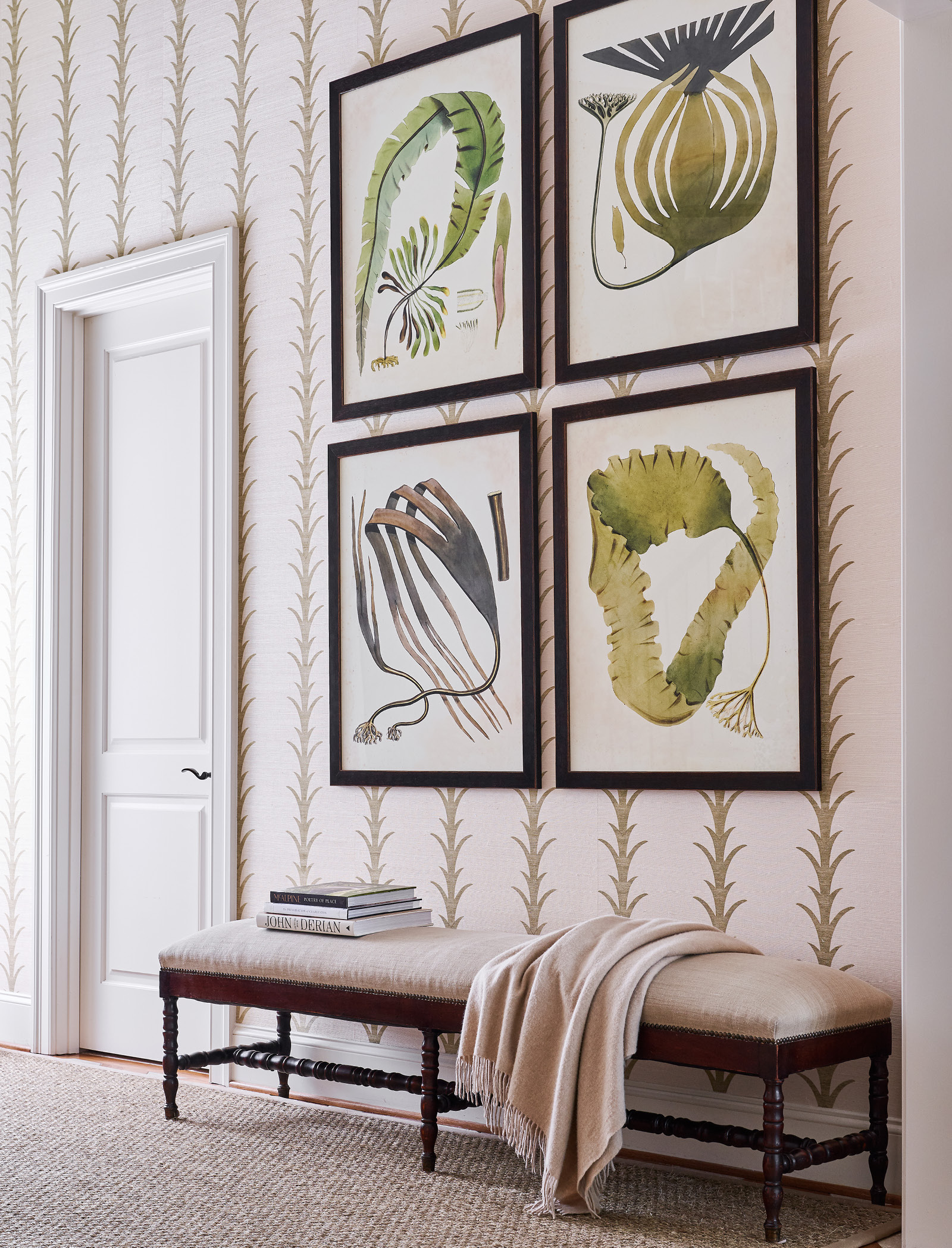
We can’t talk design these days without talking about social media. Did that inform your book and, if so, how?
Social media is inspiring. You can go down a huge rabbit hole. I’ve purchased antiques off Instagram, and it exposes you to so much that you wouldn’t see otherwise. I’ve always ripped pages out of my magazines. I have cabinets filled with pages that I’ve ripped out over the years. I can refer to a file of staircases or fireplace surrounds or door casings when I need to. I am so inspired by magazines and books, and that’s one of the reasons that I’ve always wanted a book for us.
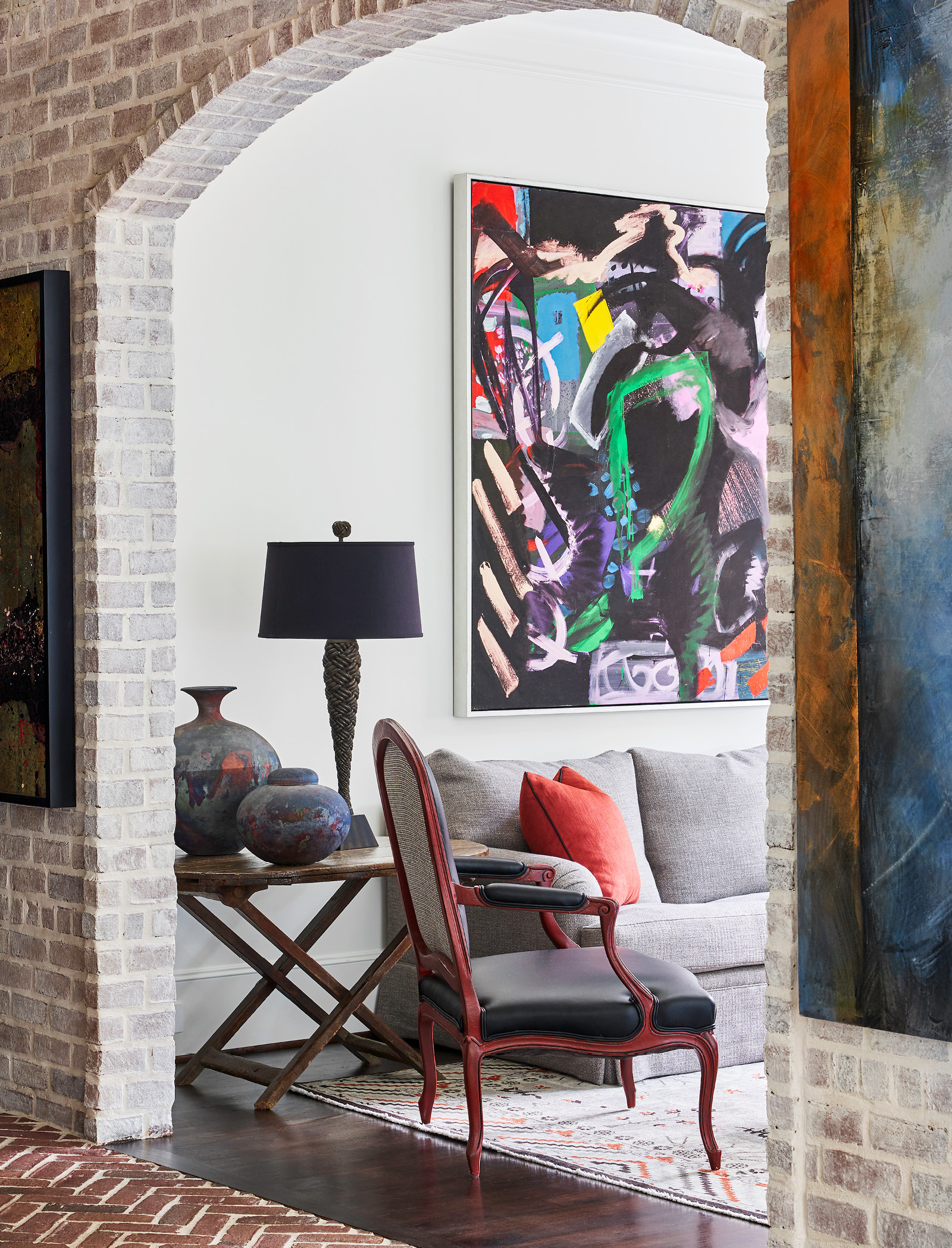
How do you pull from inspiration to create something new and unique?
We don’t want to do what “most people do.” We like to dig deep into our creative minds to execute something new. Clients have images from books, magazines, and social media platforms and have become inspired. Our job is to take that overload of inspiration, then edit and personalize it for each client. We are not fans of copying what we see. That’s why we love antiques and accessories. We rely on those pieces to give an unexpected look.
We live in a right-here-right-now society, where instant gratification often reigns. How do you teach your clients to buy?
The good news is that there is a renewed interest in antiques. Young people tend to want things instantly but don’t want what their mom had. I’m hoping that by continuing to educate about different styles and the validity of using antiques, that young people will start to embrace the old and vintage and consider altering them to an aesthetic that does speak to them.
When I get young clients, I would rather see them invest in a great piece of art and something that will give them joy when they look at it. There is nothing wrong with a blank wall. It is important to collect over time and only buy what is really beloved and not things for the sake of filling space. A more edited home is much calmer and comforting than a space that is overfilled. My tip is to invest in great pieces. Find that balance between new and old. It’s like walking a tightrope. You have to be skillful when you are putting objects, furniture, patterns, and colors together.
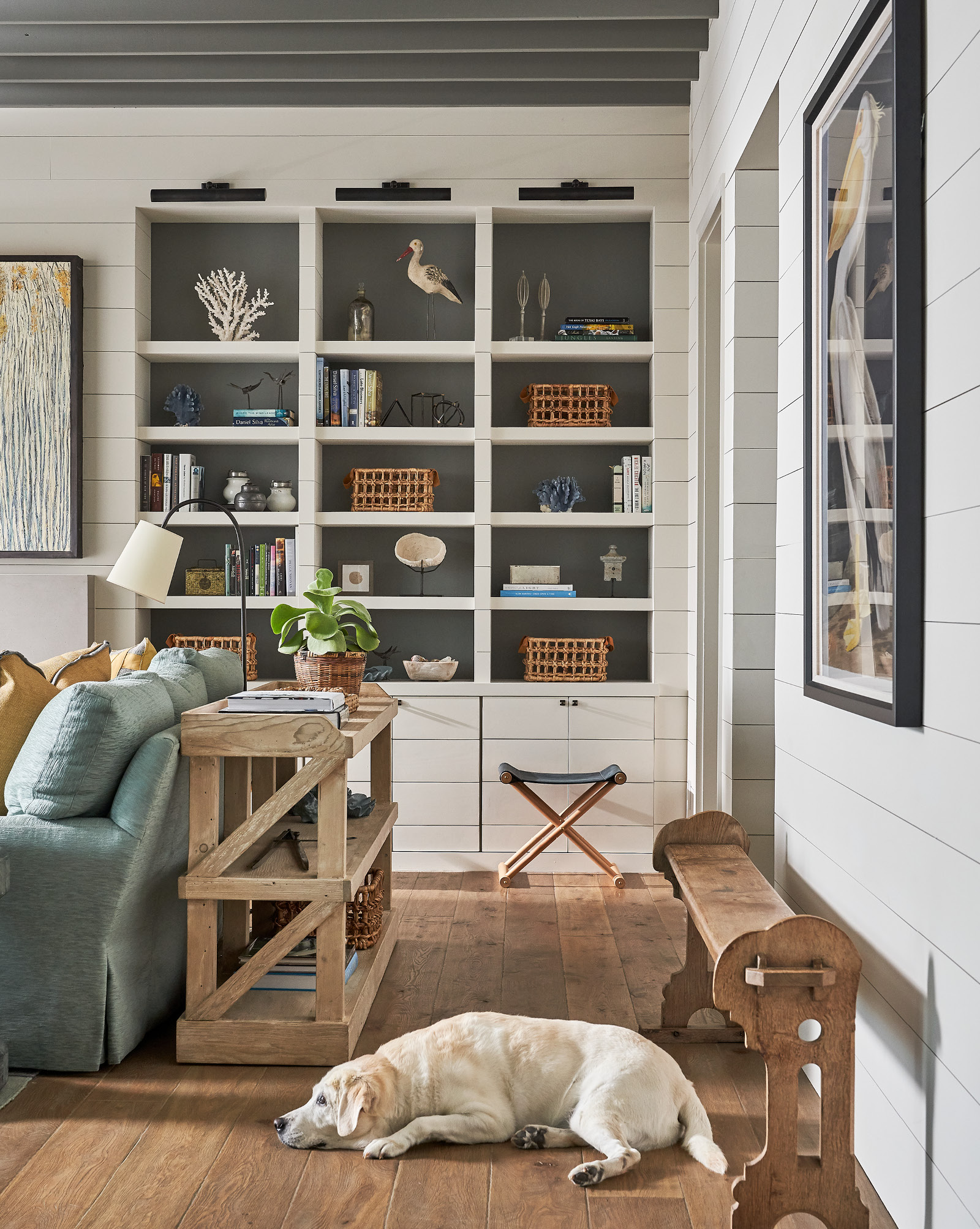
Speaking of altering pieces, you are willing to change pieces when they need an update. How do you guide clients who may be too afraid to change an old piece even if it no longer appeals to them?
If it’s a period piece, there’s no question that I think it’s a crime to paint it. But so many clients have, in fact, reproductions. Other pieces, however, are family heirlooms, and clients can’t see past the way it looked when Grandma had it in her house. We give our clients permission to change, and we give them ideas for updates that are fresh and current. It’s a little scary for them if they don’t know the history or provenance of the piece. We do our homework. Antiques dealers are always so free with their knowledge. If there is a piece that a client is not sure about, we suggest that they make friends with a dealer. I have found them to be such a wealth of knowledge.
Letting pieces sit unused or selling them because the color isn’t good is no reason to get rid of something. Change should be considered first, and at that point if a client still doesn’t like something, then it’s time to find it a new home. We give our clients permission to get rid of things too.
Vintage and antique pieces meet our goal to be as green as possible by reusing what already exists. Being sustainable and not putting things into landfills is so important to us. There is life in those furnishings to be renewed and reinvented.
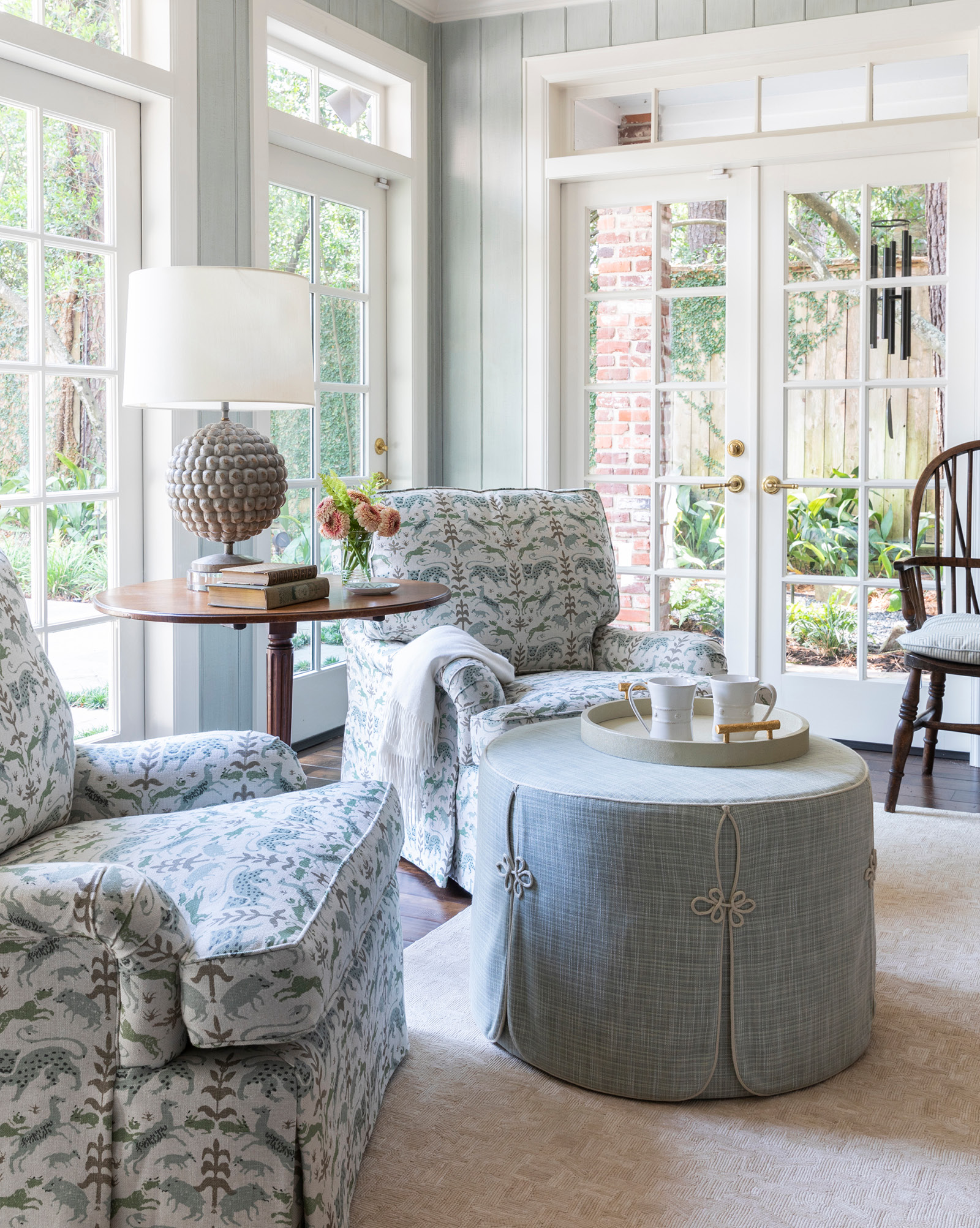
Finally, what are your tips for lovers of great interiors as they tackle the world of design?
If something spoke to you years ago, chances are you are going to continue to love it. Some of my favorites from early in my career include a classic Billy Baldwin chair, Oushak rugs, and classic moderns like a Knoll or Saarinen piece.
I know there is a return to stained wood, but I still love painted wood. Light and bright appeals to me but with great texture.
Most important, interiors have to be livable, warm, inviting, and expressive. Remember, the name of our book is Expressive Interiors. Be inspired by what you see, but don’t copy it exactly. Adapt style so that it works for you. And instead of buying things that are soulless, buy what you love and what reflects your interests.

